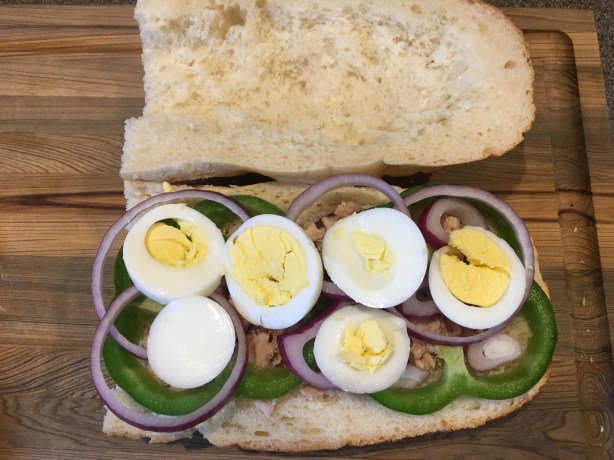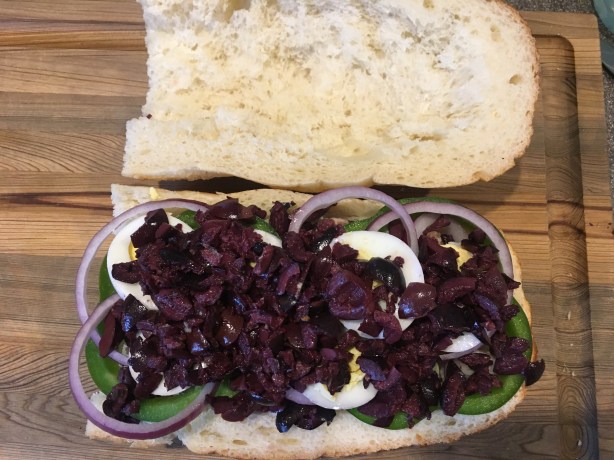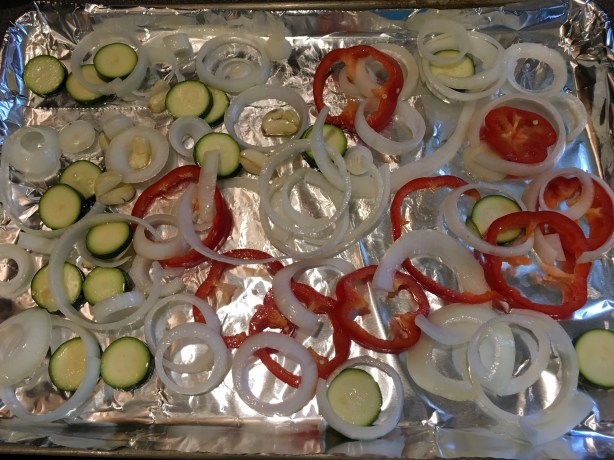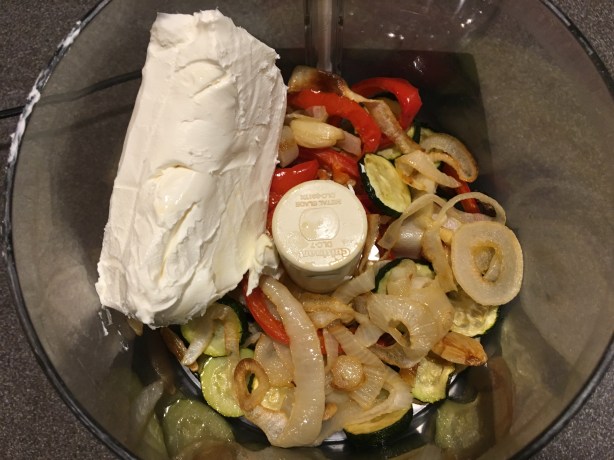I have had the best intentions with my blog, but somehow it has been two months since I last posted. I guess it’s true what they say – “parenthood is a time warp!” Our little baby is now four months old, which is hard to believe. At her four month check-up yesterday, our pediatrician recommended that we start introducing solid food now, which is something I thought we’d wait a couple more months for. My sister-in-law gave me an awesome baby food cookbook that I can’t wait to try out, as it introduces babies to all sorts of interesting flavors; the goal is to avoid having a picky eater. Before I know it, she’ll be in the kitchen with me, and I can’t wait for that!
The recipes in this post are sushi recipes. With being pregnant, this was the first sushi I had eaten in a good year! Alton recommends the following ingredients and tools to make up a basic home sushi kit: soy sauce, rice wine vinegar, short grain rice, Nori, a rice spoon, a sushi mat, wasabi, and pickled ginger. With those basic tools and ingredients, you should be set to try making sushi.
Sushi Rice
The first step in making sushi is preparing the rice. Ideally, for sushi rice, you want to use short grain rice. Surprisingly, my grocery store did not have any short grain rice, so I had to settle for medium grain rice. Place 2 C of rice in a sieve and rinse it three times with water, or until the water runs clear.
Place the rice in a medium saucepan with 2 C of water, stirring. Bring the rice to a boil over high heat. Once boiling, place a cover on the pan, decrease the heat to low, and cook the rice for 15 minutes. After 15 minutes, let the rice stand for 10 more minutes.
While the rice sits combine 2 T sugar, 1 T Kosher salt, and 2 T rice vinegar in a microwave safe bowl. Microwave the vinegar mixture for 30-45 seconds or until the salt is mostly dissolved.

Sugar, Kosher salt, and rice vinegar microwaved until nearly dissolved.
Next, dump the rice into a large wooden or glass bowl (a wide wooden bowl is ideal). Drizzle the vinegar mixture over the rice, and gently mix the vinegar into the rice, using cutting motions with a spatula. Fan the rice with a paper plate as you cut the vinegar into the rice until the rice has cooled.

Rice, placed in a large wooden bowl and the vinegar mixture being “cut” into the rice as it cools.
Cover the rice with a moist towel until use, but do not refrigerate the rice. I think this rice tastes pretty darn good on its own, as I love its subtle sweet and vinegary flavor. Alton recommends using this rice for any sushi preparation, such as his California roll, which is up next.
California Roll
If you are new to sushi making, as I am, Alton recommends his California roll recipe for a good place to start. For his California roll, you will need your prepared sushi rice from above, sheets of Nori, a bowl of water, sesame seeds, avocado, imitation crab sticks, cucumber, pickled ginger, soy sauce, and wasabi.

Nori sheets, cut in half.

Sliced avocado and cucumber matchsticks.
To begin, cover your sushi rolling mat with plastic wrap; I chose to place my mat into a large Ziplock bag. Tear your Nori in half crosswise, and place one half sheet on your pat, with the rough side up.

A half sheet of Nori placed rough side up on a plastic-covered sushi mat.
Dampen your fingers slightly and evenly distribute rice on the sheet, leaving about 1/4″ uncovered at one long end. Sprinkle the rice with sesame seeds and flip the whole thing over so the Nori is facing up.
Place 4-5 thin slices of avocado so they overlap down the center of the smooth side of the Nori.

Avocado placed down center of Nori.
Next, place pieces of imitation crab on top of the avocado, overlapping the pieces to form a solid layer.

Imitation crab on top of avocado.
Finally, top the crab with cucumber matchsticks (you’ll need about 8 matchsticks).

Cucumber matchsticks to finish off the roll ingredients.
To finish the roll, use the mat to roll it away from you with even pressure from your hands, trying to roll it as tightly as possible.
Dampen a sharp knife and slice the roll into six pieces, using a sawing motion with your knife. Serve the roll slices with pickled ginger, soy sauce, and wasabi as accompaniments.
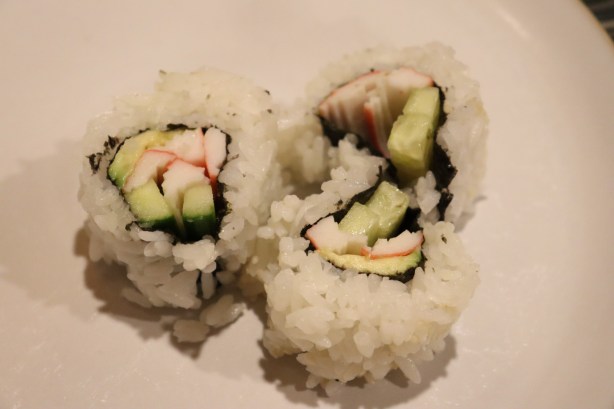
Sliced California rolls.

A plate of Alton’s California rolls.
Oh, and when taking sushi from a communal platter, it is polite to always use the large ends of your chopsticks. I have to say that my sushi ended up extremely ugly. I obviously need some serious practice on my rolling technique! This roll recipe is a very easy way to practice, as you do not need many ingredients. You also do not have to worry about the freshness of your seafood, as imitation crab is already cooked. Of course, real crab would certainly be superior! I may make this again, just to try my hand at sushi again. I am determined to make prettier rolls, as mine were embarrassing!
In this episode, Alton also described how to make a tuna roll, though there is no link to this recipe online. To do this, place a half sheet of Nori with its rough side up on your plastic-covered sushi mat. Cut fresh tuna into narrow slices against the grain. Place/press prepared sushi rice to within 1/4″ of the edge of the Nori. Next, place wasabi down the center of the rice, followed by the fish slices. Roll the entire thing up and cut into slices.


















